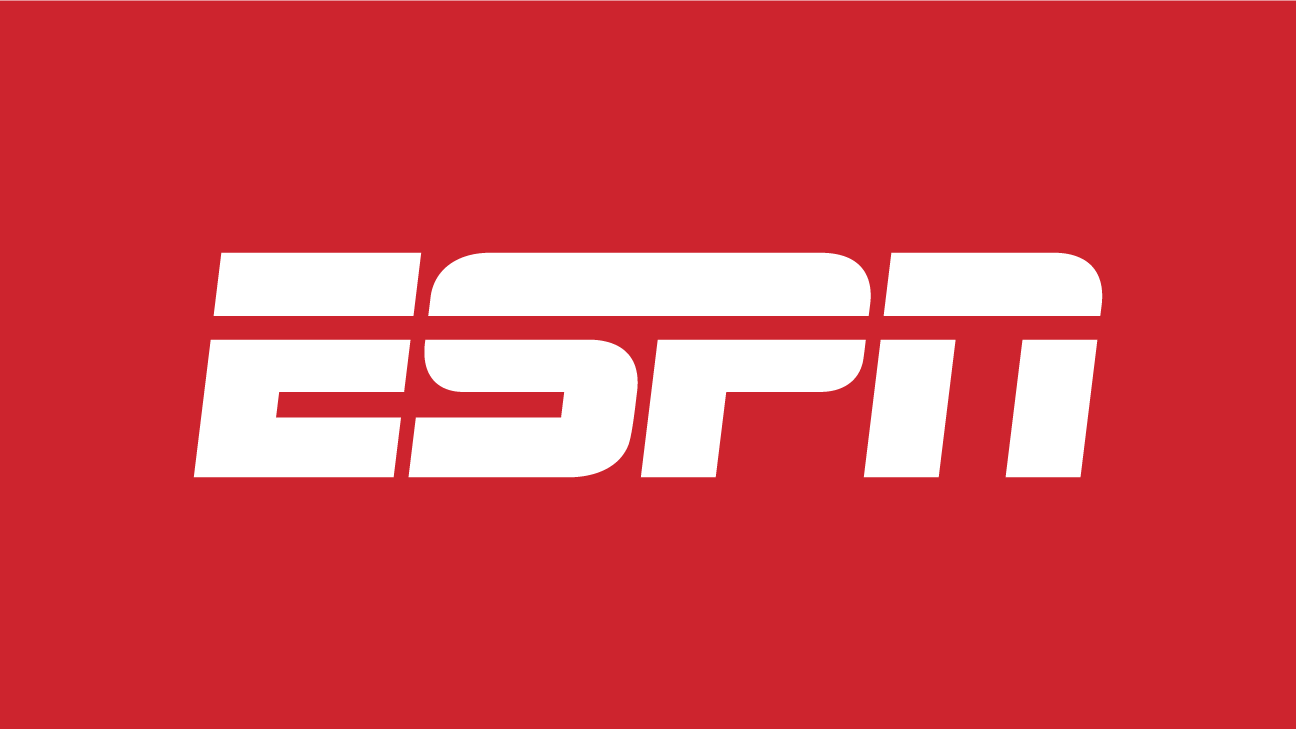McAdams On: Discourse
TV Technology has evolved a lot in 34 years, but one thing that remains constant is that the franchise is a discussion platform for its constituency, which now faces a multilevel optimization problem inside of a cipher on a deadline.
As many as 1,200 or more TV broadcast signals in a cat’s cradle of 7,950 will move to new channels and/or sharing arrangements while calculating the immediate or future deployment of a new, non-backward compatible transmission technology in the form of ATSC 3.0 while seeking revenue models à la “Twilight Zone” meets whack-a-mole—all within roughly a three-year timeframe.
This is a crossroads, whereas the digital transition was a threshold. The station landscape remained pretty much operationally uniform after the digital transition. The post-auction ecosystem will have unprecedented disparity of service models.
Some stations will share a 6 MHz channel, forfeiting the full potential of advanced video and audio technologies. We’ll have a 4:3, 480i spaghetti western rotation on one channel and the interactive, voice-responsive, virtual-reality bowl on another.
Also, not all of those 7,950 licensees will exist. We’ll have large station groups forming de facto networks and a few “boutique” broadcasters and stalwart outliers like WRAL.
This does not even begin to include the perpetual technological challenges of keeping track of metadata and versioning content for the next must-have display device that goes away before it catches on.
Amid the chaos, technology vendors and broadcasters alike are inventing and reinventing on the fly in an increasingly virtualized environment. Collaborative discourse is imperative to make it all work.
The professional video industry's #1 source for news, trends and product and tech information. Sign up below.
TV Technology strives to support and sustain the industry discourse that will help its constituency navigate the repack, ATSC 3.0, virtualization, new service models and regulatory bouncing balls, all while keeping the lights on and the signals live.
We welcome your continued participation in the conversation.
